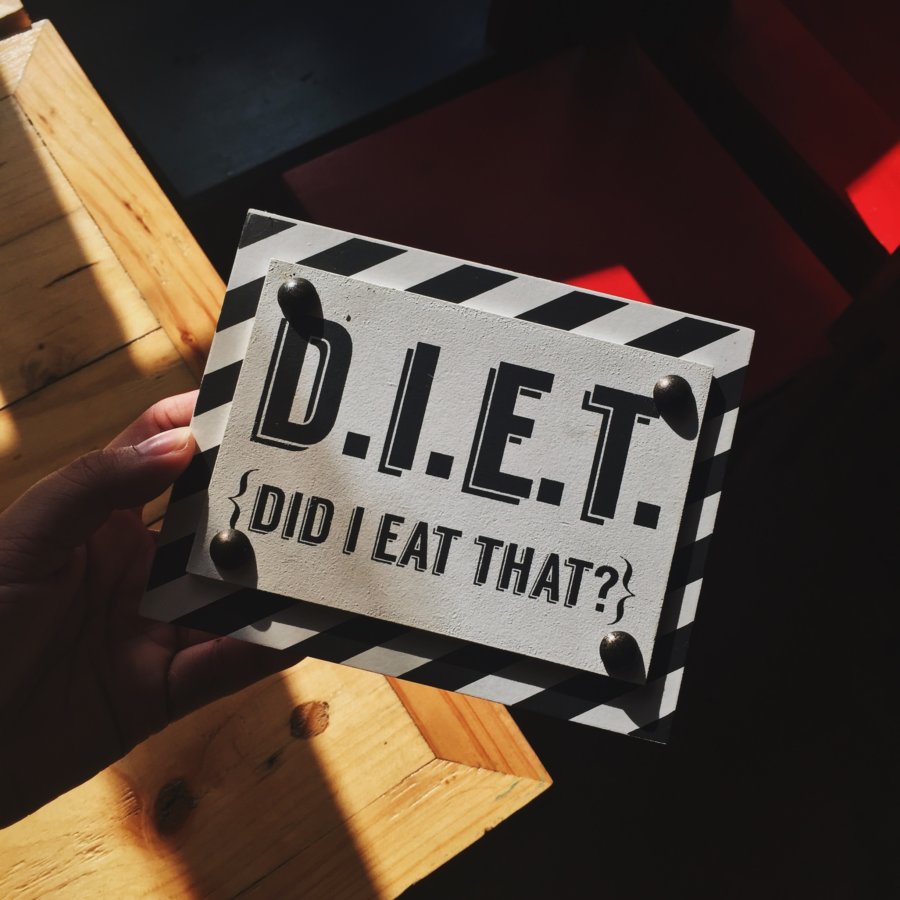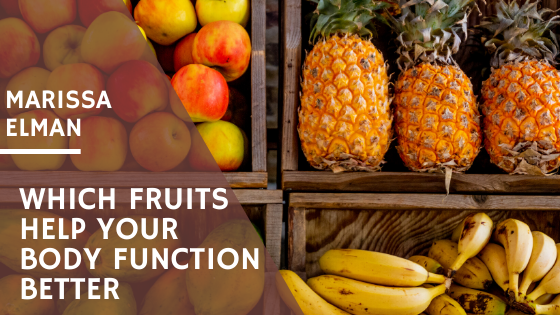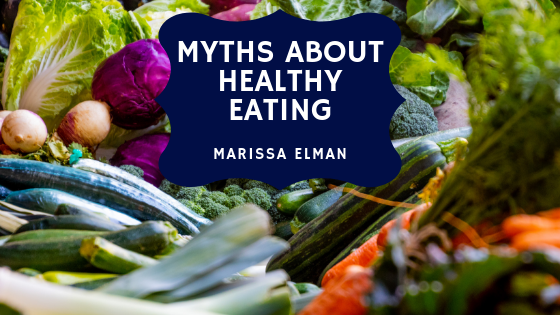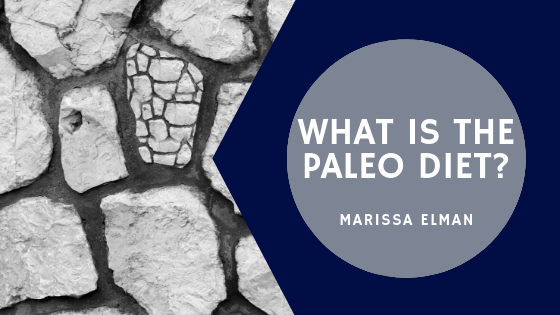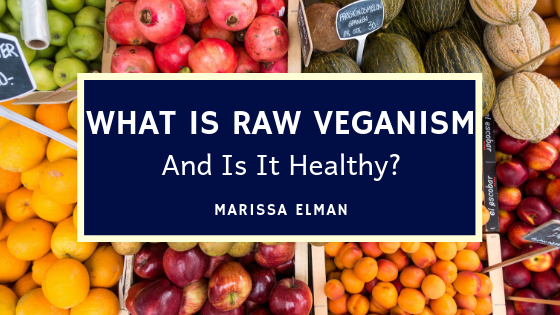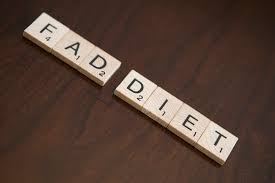The weight loss industry is full of myths and misconceptions. Every year a new fool-proof study is on talk shows and dominates adds across all websites and social media platforms. Try to turn your mind away from diet pills and magical fruits or nutrients instead of looking towards science. Over the last few centuries, scientists have made incredible leaps and bounds when it comes to human anatomy. Check out a few different aspects of the human body and weight loss.
The Power of Water
It’s a simple fact that we need water to survive. Not only is it necessary to function, but it can also be a helpful tool when it comes to losing weight. Drinking water can boost your metabolism 24-30% over a period of 60-90 minutes. Drinking a glass of water before a meal can also help you feel fuller, therefore decreasing the chance of over-eating.
Intermittent Fasting
Intermittent fasting has become incredibly popular in the health community over the past several years. You cycle between periods of eating and fasting, to achieve a more controlled food intake. Short term studies suggest that intermittent fasting is as effective as continuous caloric restrictions.
Consume Less Added Sugars and Refined Carbs
Added sugar is one of the worst additions to the modern diet. Most people consume far too much sugar, and it often happens by just forgetting to look at the labels. A multitude of studies show that added sugars often like to obesity and the development of Type II Diabetes. Refined carbohydrates are also often overlooked in products and meals. Foods like white bread and pasta can spike blood sugar and lead to hunger and cravings that, in turn, can lead to an increase in food intake.
Weight loss is an admirable goal for your health. Try putting these simple safeguards into your diet, and look for results. In the meanwhile, keep an eye out for the next article in our series, Science and Weight Loss.


